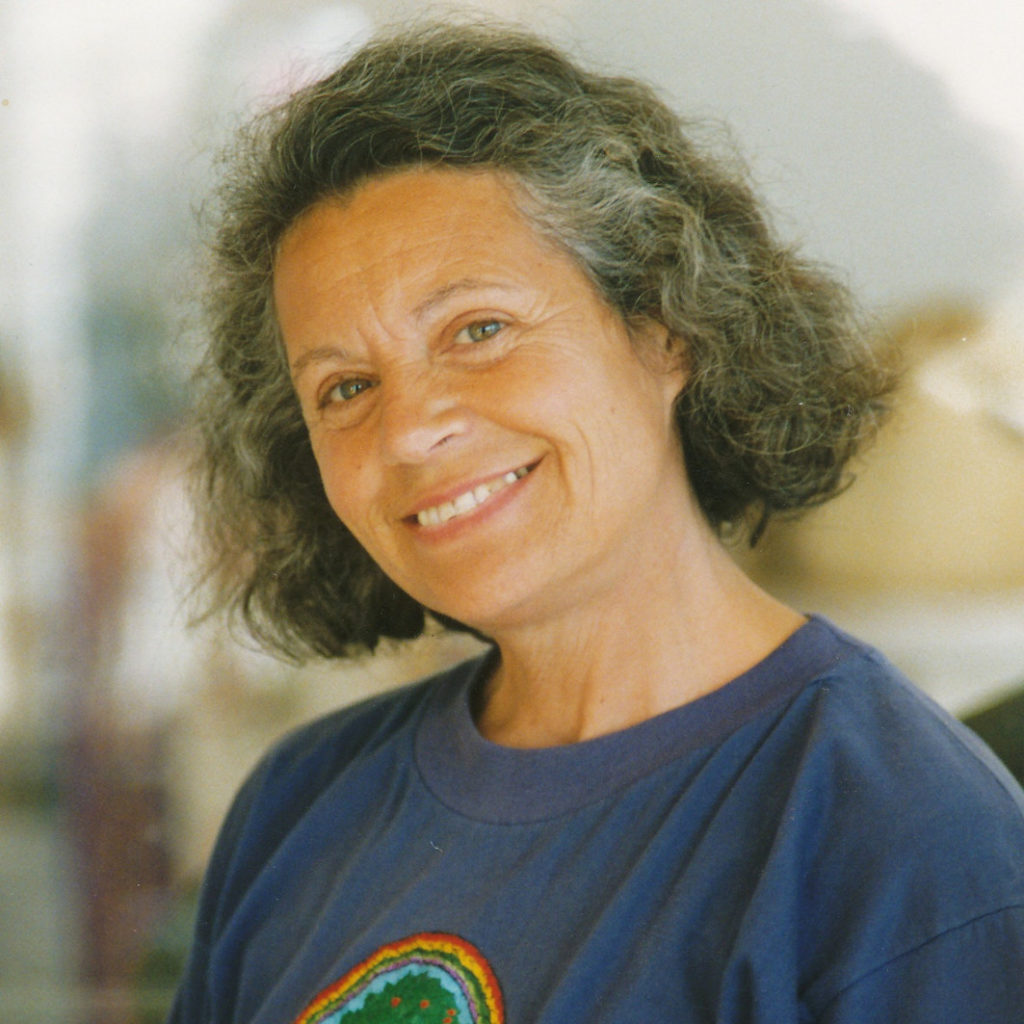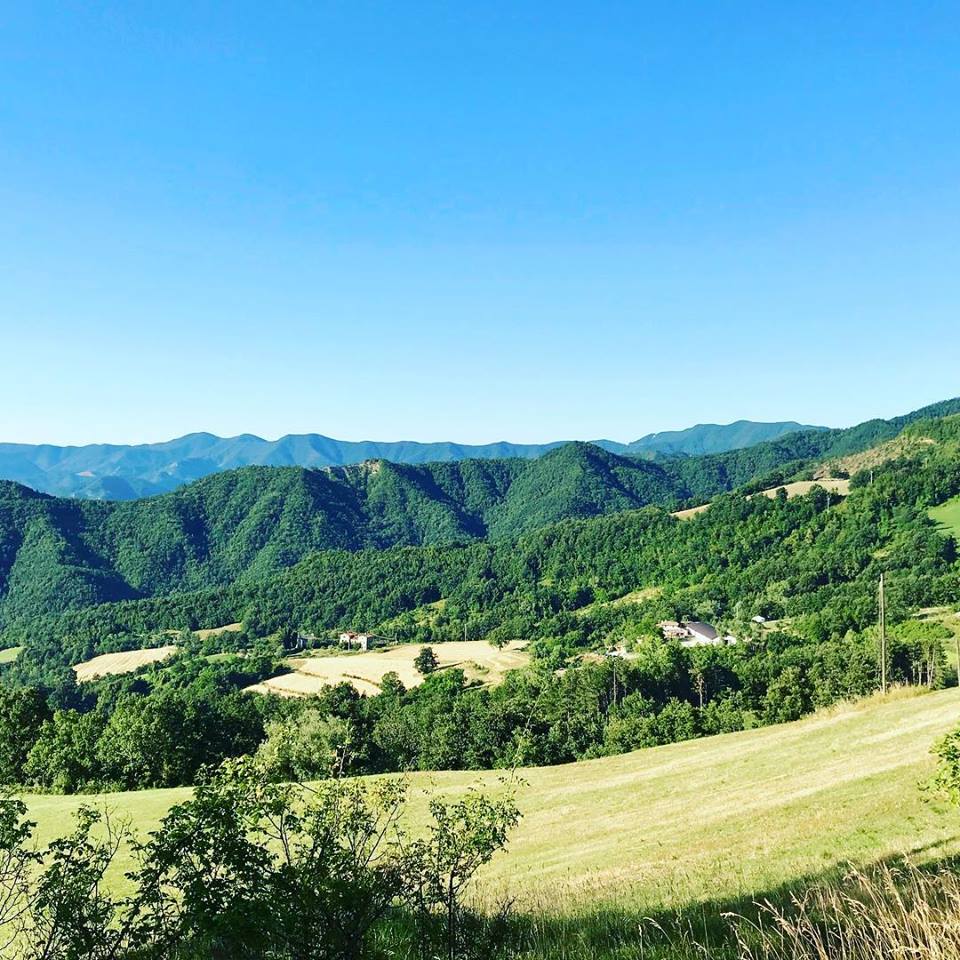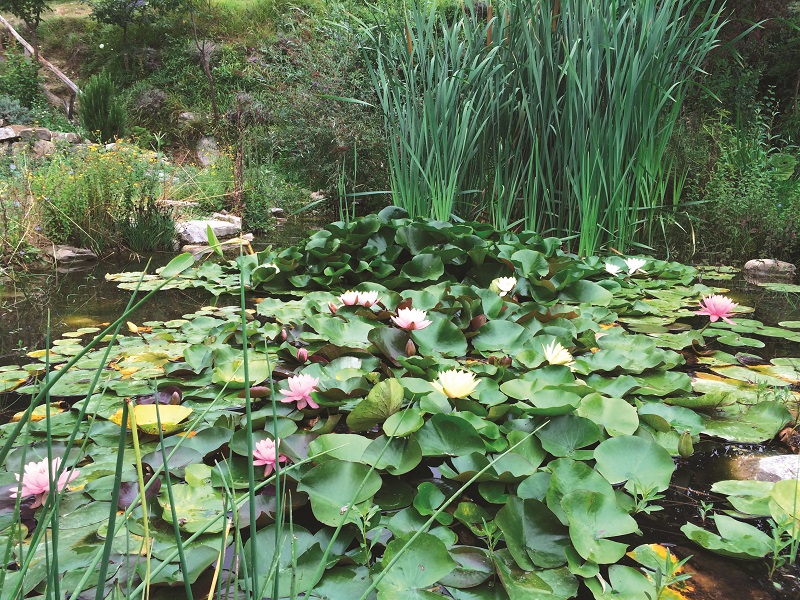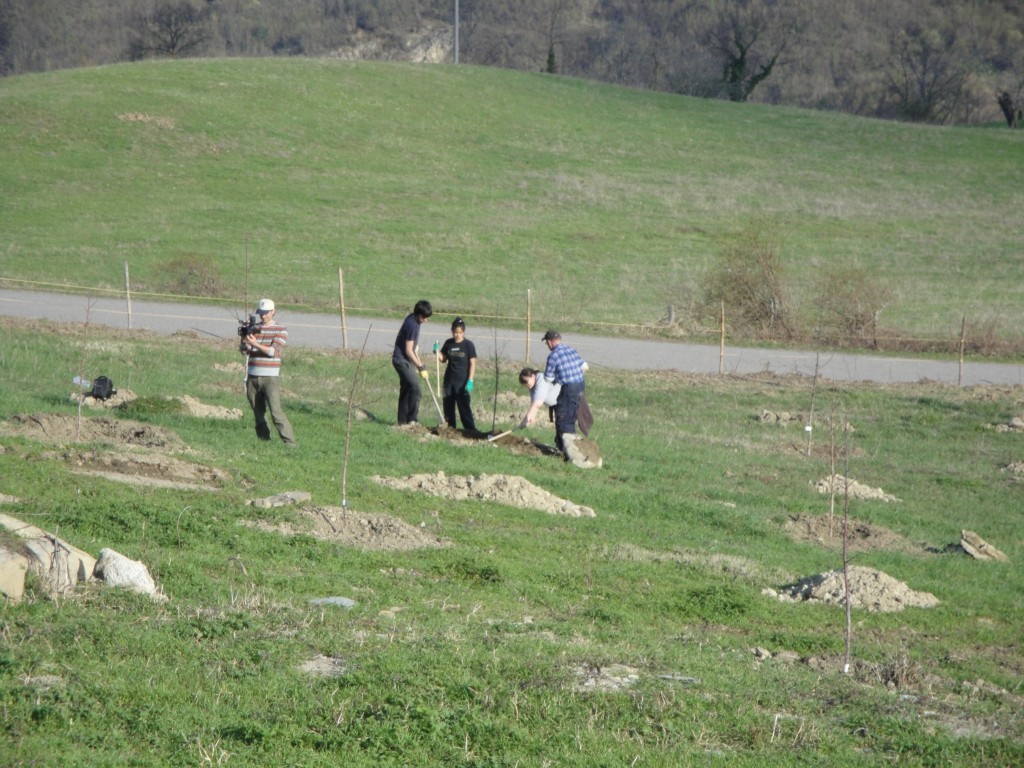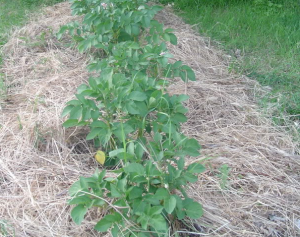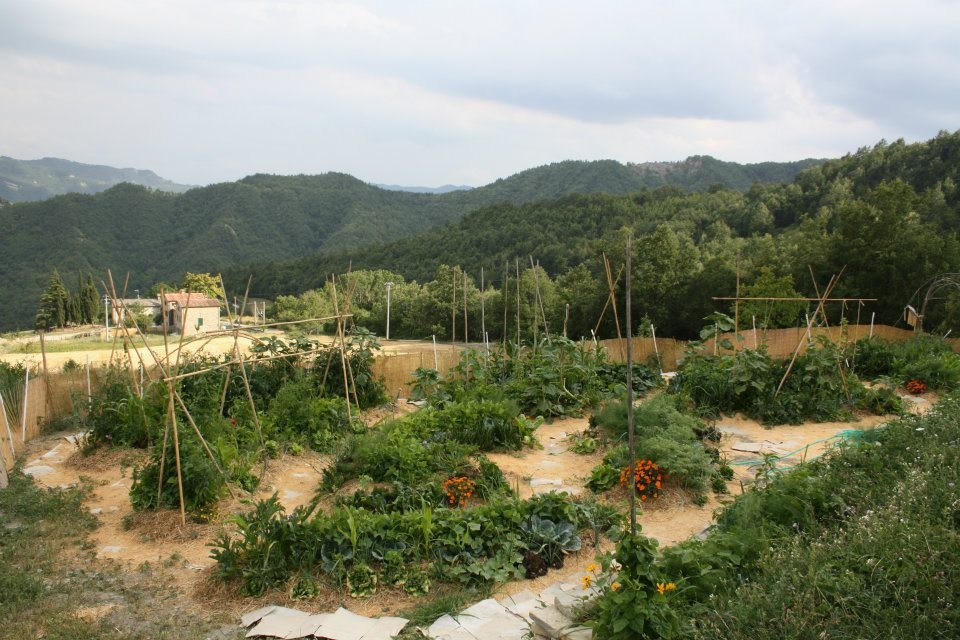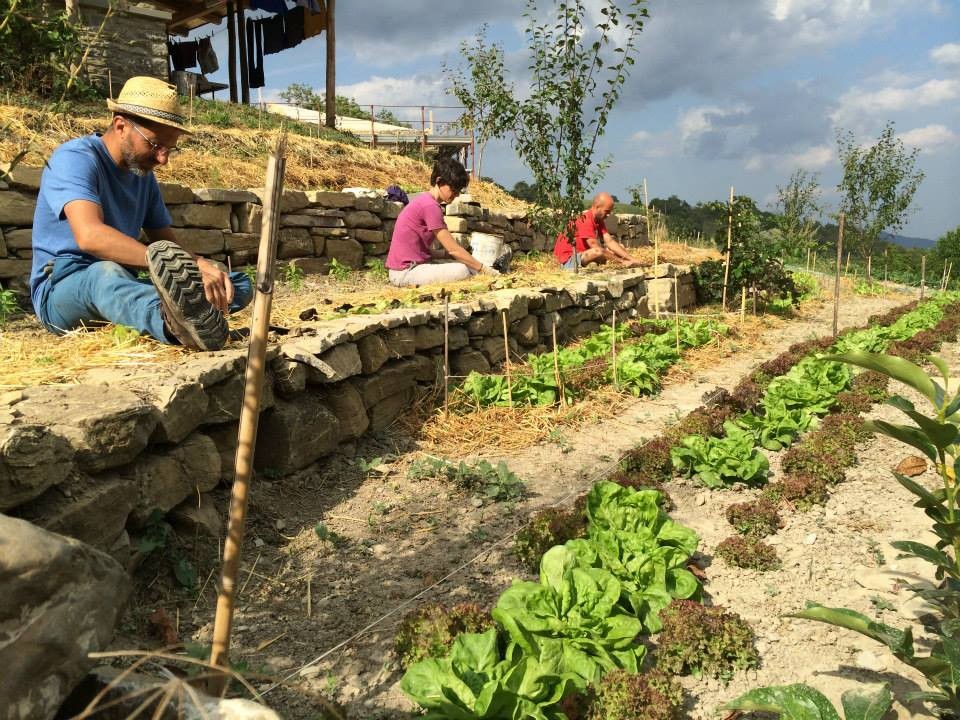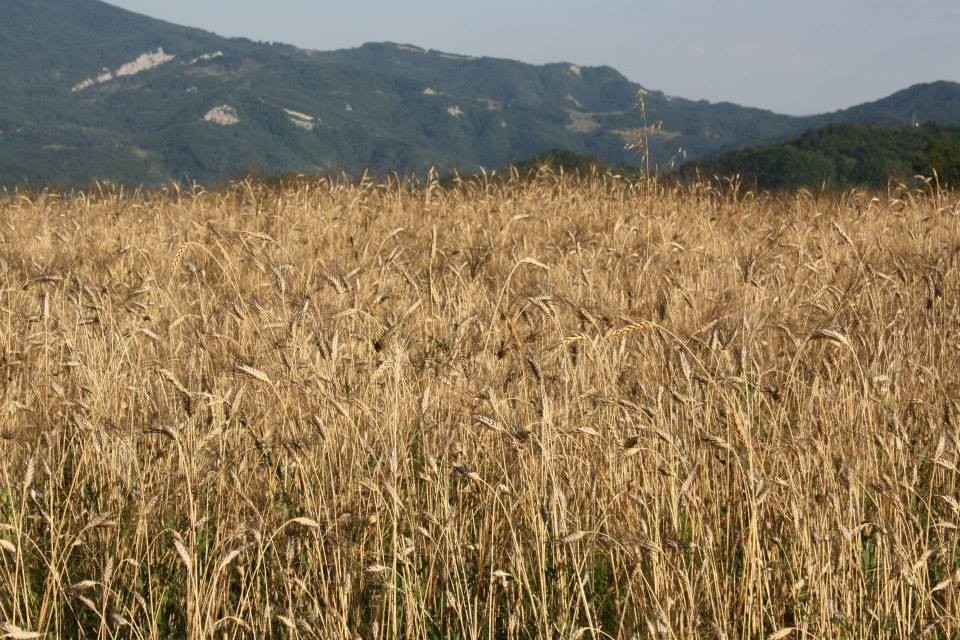Who was Emilia Hazelip
We have already talked about synergistic agriculture in a previous article, but today we would like to take a deeper look at the life and aspirations of its creator, the Spanish Emilia Hazelip (Barcelona, 1937 – Carcassonne, 2003).
She was born in 1937 in Barcelona, while World War II bombs were falling on her hometown. When she turned 18, she decided to leave Spain, embarking on a path that led her to challenge the Establishment of that period. During the ’60s Emilia experienced community life at the beginning of the hippie movement, soon realizing how the practices of ploughing and cultivating on an uncovered land were absolutely against nature. At the same time, Emilia wanted to find different ways to live in contact with the land, respecting the laws of nature and reintegrating the human being in the cycle of life.
Self-sufficient health
Human beings, like the earth, need balance and biodiversity to live fully and achieve the best of themselves
Most of the life forms on Earth are experiencing a phase of constant weakening and, among these, human being is certainly the one who is suffering the most, even if we are not often aware of it. People who live in Western countries are constantly and chronically ill, both physically and mentally, but most of time they don’t realize it. Medicines developed by drug multinationals relieve symptoms, reduce pain and keep sick people alive for a long time. The prestige of modern medicine is often based on the statistics of reduction of mortality and diseases after the industrialization of a country, but these numbers are mainly due to the increase of quality of life and diet and the adoption of elementary measures of hygiene. Sewage systems, clean and sanitized water, having 3 meals a day and washing dishes have had a much greater influence on improving health and life expectancy than the complex methods of specialist care.
RE-start taking care of the world
Permaculture, self-sufficiency and a great desire to improve our lives.
When I find myself talking to someone about what the future of mankind will be, I receive the most incredible answers: from those who could not care less about it, to those who are completely catastrophic: “there is nothing we can do about it”.
Water in Permaculture
Strategies for a water-rich soil
Water covers 70% of our planet, even though we can only use a minimum part of it, since 97% of water is salted. ¾ of the 3% of fresh water are in the form of ice and 50% of the remaining water is around 700 m under the ground, enclosed in rocks and not usable. Overall, fresh water available in lakes, rivers, groundwater layers and the atmosphere represents only 0,375% of total water.
WHAT WE PLANTED AT THE FARM
Since 2010 we have planted at the Farm several thousands of plants including bushes, fruit trees, flowers, vegetables, etc.
Let’s see in details which are the main fruit plants at La Fattoria dell’Autosufficienza…
EXPERIMENTS AT THE FARM: growing potatoes
During the course on How to create an eco-friendly vegetable garden with Sergio Abram (April 2011) we decided to spare 3 vegetable beds for growing potatoes (Kennebeq variety).
After preparing the ground and building the bed, we planted the potatoes and covered them with a little of straw. Potatoes don’t need to be covered with ground, instead they need darkness. The distance among potatoes was 40-50 cm and the bed had an irrigation system that provides water during the whole growing phase. Potatoes don’t need any care, or at least that’s what we thought.
SYNERGISTIC AGRICULTURE
We cannot talk about synergistic agriculture without speaking of its inventor, the Spanish permaculturist Emilia Hazelip (1937 – 2003) who developed and then spread this farming method that is inspired by Masanobu Fukuoka’s Natural Farming and Bill Mollison’s Permaculture.
The principles of Permaculture that Emilia most endorsed are living without destroying and the production of better food with the least energy and fuel consumption.
On the other hand, Fukuoka’s work was the demonstration that working the ground is not necessary. By constantly keeping the natural fertility of the soil we can get long-lasting results and a good quality production.
FOOD AND ENERGY SELF-SUFFICIENCY FOR A BETTER FUTURE
We believe that food and energy self-sufficiency and green building can be the answers to the great challenges we are living for the following reasons:
GENTIL ROSSO AND SENATORE CAPPELLI WHEAT FLOURS
The first two flours produced at the Farm with 2014 harvest are now available.
GREEN RENOVATION OF THE HISTORICAL BUILDING “CASELLE DI PAGANICO”
After almost three years spent reorganizing the fields, terracing, creating vegetable gardens, building dry walls, fences, a water supply system, laying underground electric and telephone cables and planting ancient fruit trees, in 2014 we finally started the first renovation works of the historical building “Caselle di Paganico” in line with the pillars of the whole project.
Newsletter
ARGOMENTS
- Activities (8)
- Farm products (4)
- Fattoria dell'autosufficienza (39)
- News (63)
- Our models (14)
- Permaculture (23)
- Senza categoria (2)
- Things to do (22)
- Tourist attractions (15)
